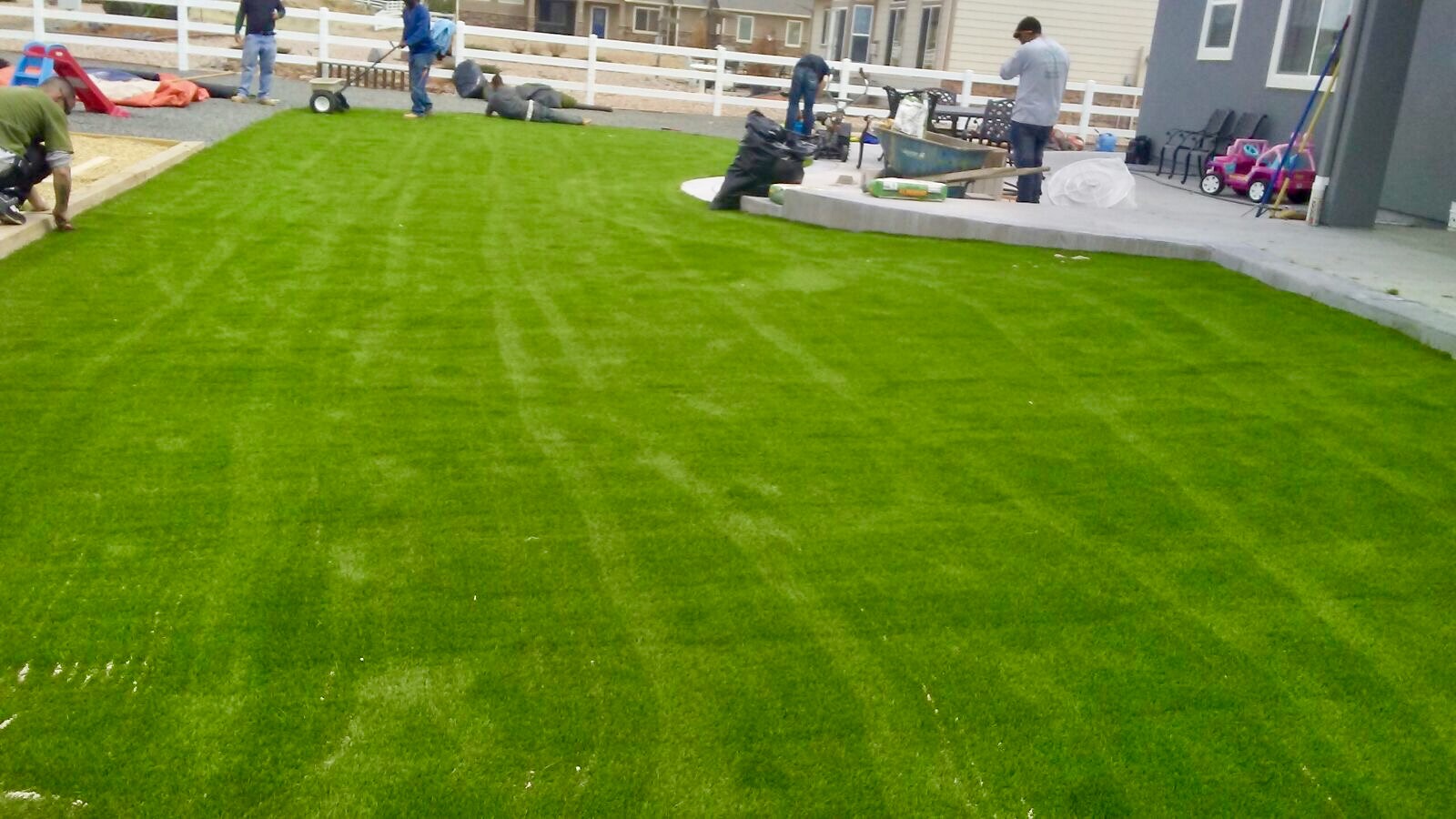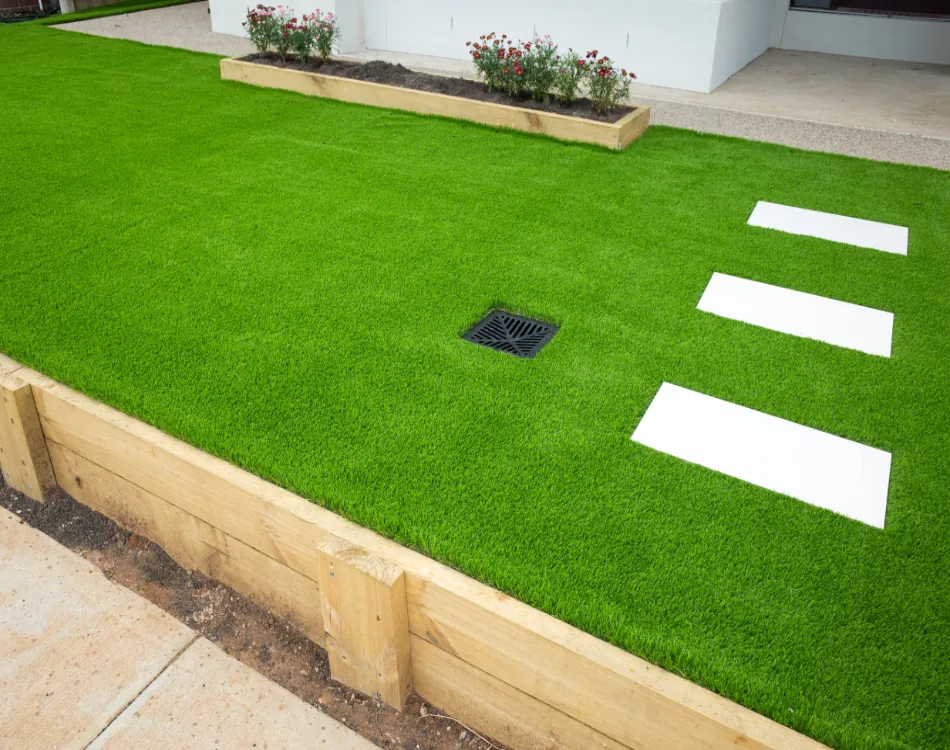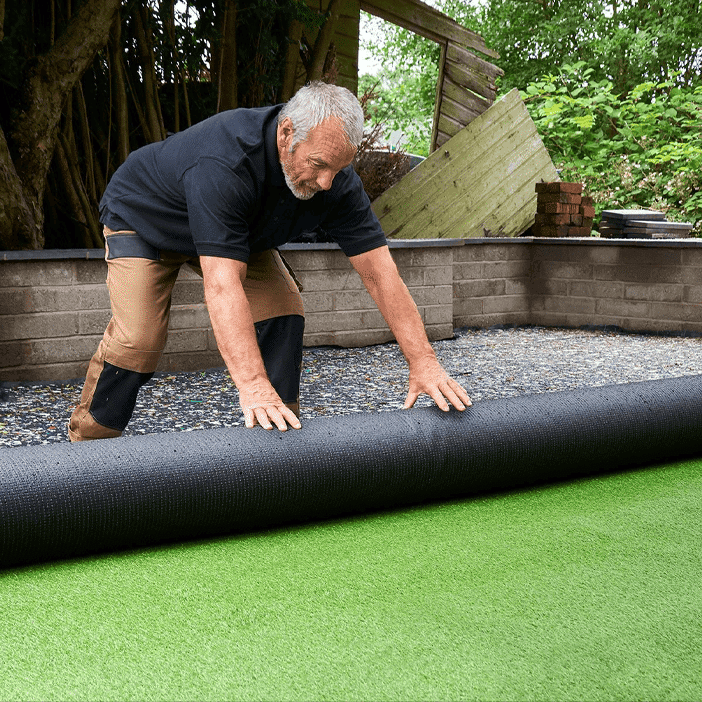High-Quality Arizona Turf Solutions for a Stunning and Green Landscape
High-Quality Arizona Turf Solutions for a Stunning and Green Landscape
Blog Article
Look Into the Environmental Perks of Opting for Artificial Turf Solutions
The fostering of synthetic turf services provides an engaging possibility to resolve pressing ecological obstacles. By substantially minimizing water usage and minimizing the application of damaging chemicals, these alternatives not only advertise lasting landscape design but likewise safeguard regional communities.
Water Preservation Perks
One of the most significant benefits of fabricated lawn is its capability to save water. In contrast, man-made lawn does not require watering, considerably minimizing the total need for water resources.
By getting rid of the requirement for normal watering, fabricated lawn contributes to lasting landscape techniques and helps alleviate the ecological effect of extreme water intake. The conservation of water expands to the reduction of overflow, which can lead to dirt disintegration and river contamination.
In addition, the installation of artificial grass permits property owners and municipalities to designate water sources a lot more efficiently, concentrating on essential usages such as alcohol consumption water and agriculture. The shift towards fabricated grass not only advertises accountable water usage yet likewise lines up with wider ecological goals aimed at protecting natural deposits.
As communities progressively focus on sustainability, the water conservation benefits of synthetic grass offer a compelling instance for its adoption in property and business landscape design tasks.
Decreased Chemical Usage
The change to synthetic grass substantially reduces the reliance on chemical therapies generally made use of in all-natural grass upkeep. Typical turf management generally involves the application of herbicides, fertilizers, and pesticides to promote growth and control insects. These chemicals can pose dangers to human wellness, neighborhood wildlife, and the atmosphere, adding to dirt and water contamination.
In contrast, fabricated turf eliminates the need for these hazardous substances. By decreasing the release of synthetic substances into the environment, fabricated grass advertises much healthier dirt and water systems.
Furthermore, the lack of chemical overflow associated with synthetic grass installations aids secure local rivers from contamination, supporting aquatic life and preserving biodiversity. Artificial turf companies phoenix. As neighborhoods increasingly focus on sustainable methods, choosing for artificial turf offers a viable remedy that aligns with ecological conservation objectives. Via this shift, property owners can take pleasure in lavish eco-friendly areas without jeopardizing ecological health and wellness, leading the way for a much more lasting future
Lower Carbon Impact

Furthermore, the installation of synthetic grass can lead to substantial water conservation. All-natural grass need substantial amounts of water for watering, which not only adds to the carbon impact related to water removal and therapy yet also stress regional water resources. On the other hand, artificial grass requires minimal upkeep, requiring no watering, thus dramatically reducing water usage and its linked energy costs.
Additionally, the durability of synthetic grass contributes to its decreased carbon influence. With a lifespan of as much as 15 years or more, the requirement for constant substitutes is diminished, resulting in much less waste and reduced energy go to this web-site usage in production and getting rid of standard turf options. On the whole, man-made lawn presents a lasting choice for eco conscious landscape design.
Habitat Conservation
Habitat conservation is an important factor to consider in the dispute over landscaping options, especially when comparing synthetic grass to all-natural yard. Natural yard yards frequently call for extensive upkeep, including the usage of fertilizers, pesticides, and herbicides, which can adversely influence regional environments. These chemicals can leach into the dirt and waterways, hurting native vegetation and fauna and disrupting neighborhood habitats.
In contrast, synthetic grass presents an opportunity to decrease the ecological impact of landscaping. By selecting synthetic grass, property owners can reduce the disturbance of natural environments connected with conventional grass care practices. Synthetic grass removes the demand for damaging chemicals, therefore safeguarding close-by wildlife and keeping the integrity of bordering environments. The setup of fabricated grass can lead to the conversion of previous turf areas right into even more biodiverse landscapes, such as website link pollinator gardens or native plant locations, which can support neighborhood wild animals.
Ultimately, the shift to artificial lawn not just preserves water and lowers upkeep initiatives yet also fosters an extra harmonious relationship between human tasks and the natural surroundings, promoting habitat conservation while doing so.
Long-Term Sustainability
Long-lasting sustainability is an important consider examining the advantages of synthetic grass over typical turf lawns. Among the most substantial advantages of artificial turf is its longevity; it can last as much as 15-20 years with minimal upkeep, whereas natural turf needs constant reseeding and substitute. This long life decreases the need for continuous resources, such as water, plant foods, and chemicals, which are crucial for preserving a healthy and balanced grass lawn.
Additionally, synthetic grass adds to a reduction in carbon discharges associated with lawn care devices. Standard grass commonly need gas-powered mowers, trimmers, and blowers, every one of which add to air pollution. Arizona turf. On the other hand, synthetic grass gets rid of the demand for such equipment, promoting a cleaner atmosphere
Additionally, the manufacturing of synthetic grass increasingly uses recycled materials, enhancing its sustainability account. As manufacturers embrace environmentally friendly techniques, the environmental footprint of synthetic grass continues to reduce.

Verdict
The fostering of fabricated grass solutions presents substantial ecological benefits, including considerable water preservation, pop over here decreased reliance on hazardous chemicals, and a lower carbon impact. Synthetic grass aids in protecting all-natural environments by lessening land disturbance and promoting lasting sustainability through the use of resilient products. Collectively, these variables underscore the potential of man-made turf to add positively to environmental health and provide a viable choice to traditional landscape design techniques in a progressively resource-conscious world.
In contrast, man-made lawn does not need watering, considerably reducing the general demand for water sources. By reducing the launch of synthetic substances into the ecological community, synthetic grass advertises healthier soil and water systems.
Moreover, the installation of fabricated grass can result in significant water preservation. In comparison, artificial turf requires marginal maintenance, calling for no watering, thereby dramatically decreasing water usage and its linked power costs.

Report this page